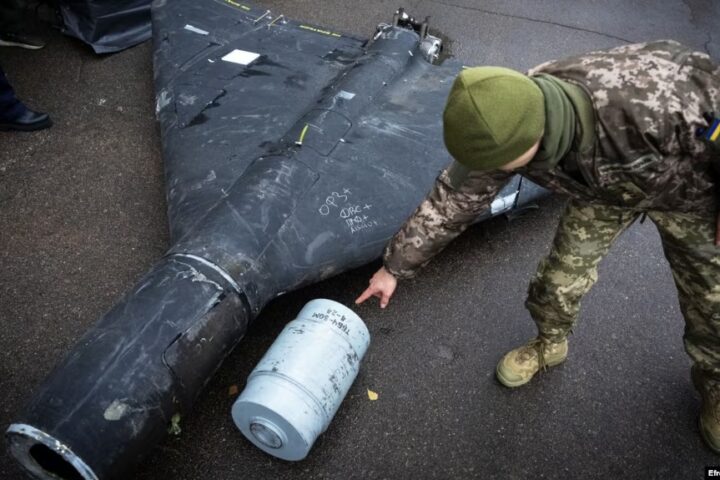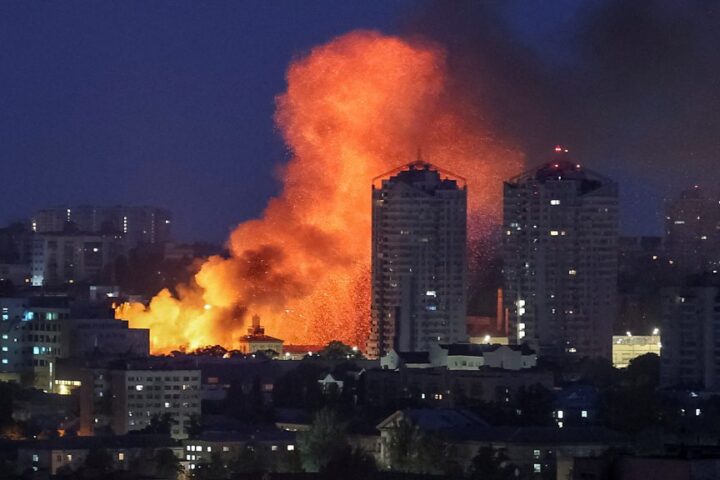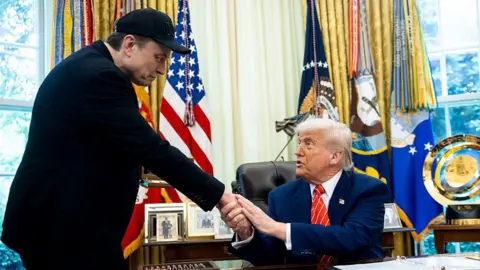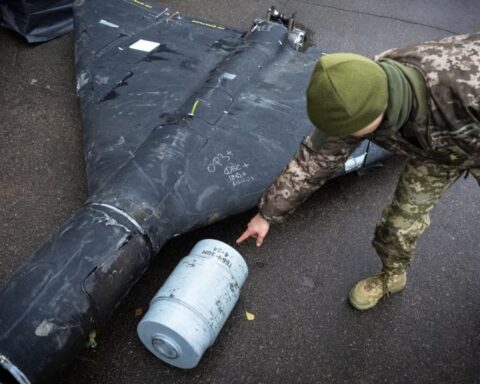Divided by the Line of Control yet united by a shared dread, Kashmiris on both sides of the India-Pakistan border are sifting through the wreckage of their homes and lives after a U.S.-brokered ceasefire halted the most intense fighting in decades.
The brief but brutal conflict, sparked by a deadly attack on tourists in Indian-administered Kashmir, saw missiles, drones, and artillery shelling that killed dozens and displaced thousands.
As a tenuous truce holds, Kashmiris grapple with the physical and emotional toll, wary that the region’s volatile history could reignite hostilities at any moment.
This article explores the human cost, the geopolitical stakes, and the uncertain path forward for a region long caught in the crossfire.
On May 14, 2025, the ceasefire between India and Pakistan, announced just days earlier, appeared to hold despite reports of sporadic drone sightings and minor skirmishes along the Line of Control (LoC), the de facto border dividing Kashmir.
The conflict, which erupted after a militant attack on April 22 in Pahalgam that killed 26 people, mostly tourists, escalated rapidly as India launched “Operation Sindoor,” striking alleged terrorist sites in Pakistan and Pakistan-administered Kashmir.
Pakistan retaliated with drone and missile strikes, raising fears of a nuclear confrontation. While the U.S., led by President Donald Trump, claimed credit for averting a broader war, Kashmiris remain skeptical, their lives shaped by decades of violence and mistrust.
The Human Toll of Escalation
The recent fighting, though brief, left deep scars across Kashmir. In Indian-administered Jammu and Kashmir, villages near the LoC, such as Salamabad and Gingal in Uri, faced relentless shelling. Badrudin Naik, a 45-year-old farmer, and his six-year-old son were injured when shrapnel tore through their home. In Pakistan-administered Kashmir, near Muzaffarabad, residents like Raja Shoukat Iqbal described nights spent in bunkers as Indian missiles struck civilian areas. At least 66 people were killed across both sides, with over 200,000 displaced, according to local officials.
The physical destruction is stark. Homes, schools, and mosques lie in ruins, with unexploded ordnance still littering border villages. Indian bomb squads have worked to clear Pakistani shells, allowing some residents to return, but many remain in temporary camps, haunted by the trauma of displacement. In Poonch district, Jammu and Kashmir Chief Minister Omar Abdullah toured ravaged areas, promising compensation and rebuilt bunkers, but villagers like Mohammad Iqbal, a power plant worker, expressed frustration over inadequate aid. “We’ve lost everything,” he told Yahoo News, standing amid the debris of his home.
Kashmiris on both sides share a grim familiarity with such devastation. Since the partition of British India in 1947, which created the LoC, the region has been a flashpoint for three wars and numerous skirmishes. The latest conflict, though contained, was the bloodiest since 1999, with both nations deploying advanced weaponry, including drones, that heightened the civilian toll. “This was a war-like situation,” Abdullah said, urging residents to return but acknowledging the pervasive fear.
Divided by a Border, United by Fear
The ceasefire, brokered on May 10 after intense U.S. diplomacy, brought relief but no resolution. Kashmiris, whether in Indian-administered Srinagar or Pakistan-administered Muzaffarabad, remain united by a collective anxiety that peace is fleeting. The LoC, a 740-kilometer scar through the Himalayas, symbolizes not just territorial division but a deeper ideological rift: India’s claim to Kashmir as an integral state versus Pakistan’s view of it as a historic injustice. “This peace is essential, but fragile,” said Raja Shoukat Iqbal, a resident near the LoC, who called for international efforts to prevent a nuclear catastrophe.
The conflict’s roots trace to 1947, when the princely state of Jammu and Kashmir, under a Hindu ruler, acceded to India despite its Muslim majority, sparking the first Indo-Pakistani war. The resulting LoC left India controlling about 60% of the region, Pakistan 25%, and China a smaller slice. Decades of insurgency, fueled by Pakistan-based militant groups like Lashkar-e-Taiba, have clashed with India’s heavy military presence, leaving Kashmiris caught in a cycle of violence. The April 22 Pahalgam attack, which India blamed on Pakistan, reignited these tensions, though Islamabad denied involvement.
For ordinary Kashmiris, the political rhetoric—whether Indian Prime Minister Narendra Modi’s vows to crush terrorism or Pakistani General Asim Munir’s depiction of Kashmir as Pakistan’s “jugular vein”—offers little solace. “We’re the ones who suffer,” said Nargis Bashir’s sister, whose family lost her to shrapnel while fleeing Uri. The ceasefire has allowed some normalcy, with civilian airports reopening and markets stirring, but Srinagar’s famed gardens remain deserted, a testament to lingering fear.
Geopolitical Maneuvers and U.S. Mediation
The ceasefire’s success owes much to U.S. intervention, a rare instance of Washington playing mediator in a region where India has historically resisted third-party involvement. Trump, alongside Vice President JD Vance and Secretary of State Marco Rubio, engaged both nations’ military leaders, culminating in a Saturday phone call that set the truce at 4 p.m., though cross-border firing delayed its start. Trump hailed the deal as averting a “bad nuclear war,” a claim echoed by Pakistani officials but met with skepticism in New Delhi, where Modi insisted India’s “Operation Sindoor” achieved its aims.
India’s strikes, which killed over 100 alleged militants, were framed as a response to Pakistan’s “terrorist infrastructure.” Pakistan, denying links to the Pahalgam attack, claimed India targeted civilians, reporting 20 deaths. Both sides exaggerated their successes—India claimed to have downed Pakistani aircraft, while Pakistan reported repelling Indian jets—yet neither emerged unscathed. The conflict exposed India’s vulnerabilities, with analysts like Manjari Chatterjee Miller noting that Modi’s triumphalism masked strategic weaknesses. Pakistan, meanwhile, faced economic strain, its military stretched by the brief but costly engagement.
The U.S. role has stirred controversy. India, wary of internationalizing Kashmir, downplayed American mediation, while Pakistan openly thanked Trump. “India’s sovereignty over Kashmir is non-negotiable,” said Defense Minister Rajnath Singh, reflecting New Delhi’s unease. Yet, with both nations nuclear-armed, the risk of escalation—recalled by former U.S. Secretary of State Mike Pompeo’s 2019 fears of Pakistani nuclear use—underscored the need for external intervention. China, controlling a sliver of Kashmir, offered to mediate but was sidelined by the U.S. push.
The Economic and Social Fallout
The conflict’s economic impact has been profound. In Indian-administered Kashmir, tourism, a lifeline for towns like Pahalgam, has collapsed. The suspension of the Indian Premier League in Dharamshala, near the border, underscored the region’s instability. Pakistan’s already fragile economy, one-tenth the size of India’s, faces further strain, with markets plummeting during the fighting. Stock rallies followed the ceasefire, but analysts warn of long-term damage if tensions persist.
Socially, the conflict has deepened mistrust. In Indian-administered Kashmir, the killing of three suspected militants in Shopian on May 12, post-ceasefire, fueled accusations of heavy-handed security tactics. Pakistan’s propaganda, dismissed by Abdullah as “baseless,” continues to portray India as the aggressor, complicating reconciliation. Displaced Kashmiris, like those in Surankote’s camps, express skepticism about government promises, with many awaiting safer conditions before returning.
A Precarious Path Forward
The ceasefire, extended through military talks on May 13, offers a reprieve but no permanent solution. Modi’s warnings of “strong retaliation” for future attacks, coupled with Pakistan’s vow to respond to aggression, signal a low threshold for renewed conflict. Trump’s pledge to resolve the Kashmir dispute, reiterated on Truth Social, faces steep odds given India’s rejection of mediation and Pakistan’s insistence on addressing the region’s status. “This is a band-aid,” said CNN, noting that the underlying grievances—Kashmir’s division, militancy, and mutual distrust—remain unresolved.
Kashmiris, meanwhile, are left to rebuild. In Salamabad, families sweep debris from shattered homes; in Muzaffarabad, mosques bear the scars of missile strikes. The region’s beauty—pine-clad hills and icy peaks—belies its pain, as residents like Mohammad Iqbal lament, “We’re united by fear, not hope.” Without a political settlement, experts warn, Kashmir risks another spiral toward war, with nuclear stakes that threaten not just the region but the world.
Focus Keywords: Kashmir conflict 2025, India-Pakistan ceasefire, Line of Control violence, Kashmiris displacement, U.S. mediation Kashmir, Operation Sindoor, Pahalgam attack, nuclear risk India-Pakistan














